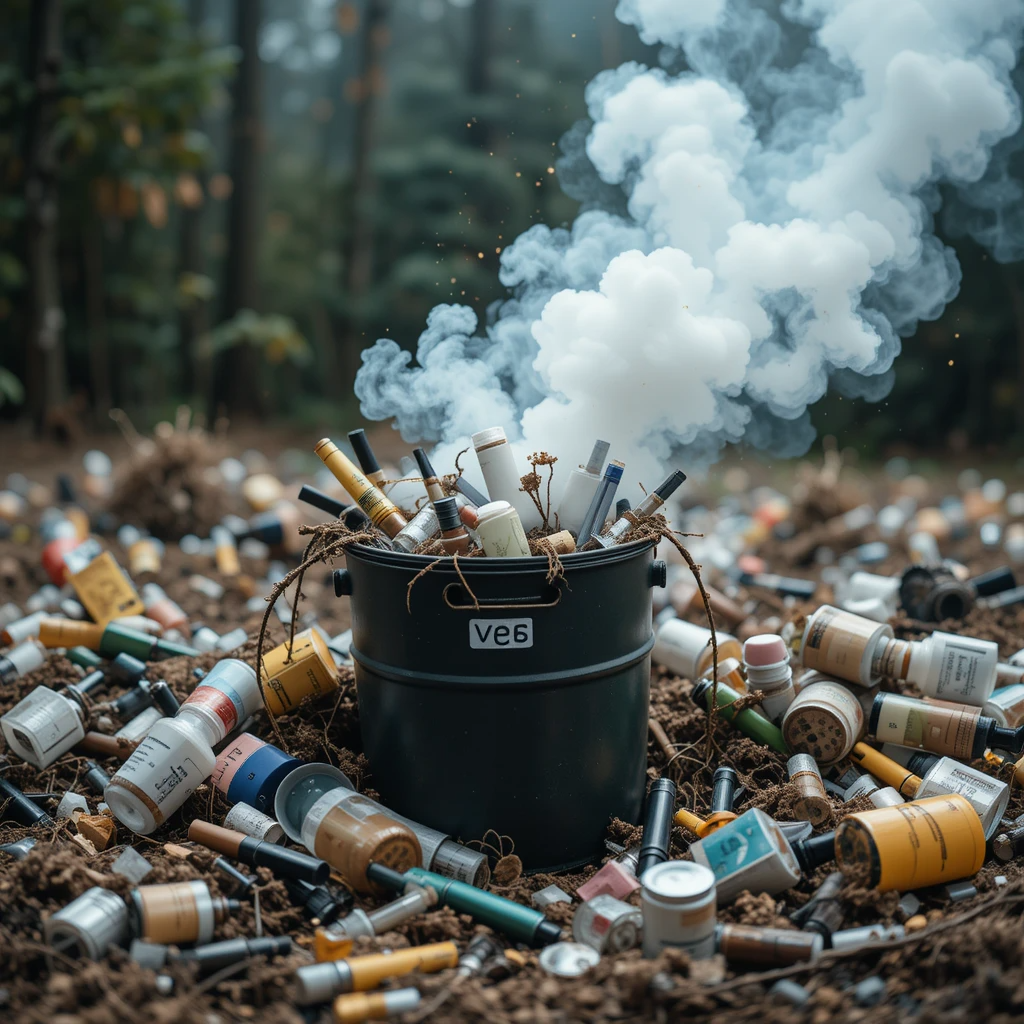Environmental Concerns Linked to Vape Waste Escalate
Vape waste has become an increasing environmental problem as the popularity of vaping grows worldwide. With millions of devices and cartridges discarded daily, concerns about pollution, toxic substances, and landfill overflow are mounting. Notably, vape products contain materials such as plastics, batteries, and chemicals that challenge traditional waste management systems. Furthermore, improper disposal often leads to contamination of soil and water sources. This environmental impact calls for urgent attention from regulators, manufacturers, and consumers. As awareness rises, many advocate for stricter recycling protocols and sustainable product designs to minimize ecological harm. Consequently, this issue has moved into the spotlight of environmental discussions globally.
Rising Environmental Impact of Vape Waste
The surge in vape waste generates serious environmental repercussions. Most disposable vapes and pods contain lithium-ion batteries and plastic casings, which do not biodegrade easily. Therefore, these materials accumulate rapidly in landfills or worse, enter natural habitats. Moreover, toxic substances such as nicotine residues pose health risks to wildlife and ecosystems when leached into soil and water. Consequently, experts emphasize the importance of proper collection and recycling to prevent further contamination. Additionally, governments and environmental organizations are pushing for regulations to manage vape waste effectively. Despite these efforts, many consumers remain unaware of the correct disposal methods. Thus, awareness campaigns and education become essential components in tackling this growing problem.
Industry Response and Consumer Responsibility on Vape Waste
In response to the escalating problem, some vape manufacturers have begun implementing take-back programs and developing eco-friendlier alternatives. For example, recyclable pods and refillable devices aim to reduce single-use plastic waste significantly. However, these innovations are still in early stages and require broader adoption to make a substantial impact. Meanwhile, consumers bear responsibility for disposing of vape products properly. Without collective effort, the environmental burden will continue to increase. Therefore, combining regulatory actions with consumer education is critical to promoting sustainable vaping habits. Furthermore, environmental groups call for increased transparency from manufacturers regarding the lifecycle of their products. Ultimately, addressing this issue demands cooperation from all stakeholders to ensure a cleaner environment for future generations.
By improving waste management systems, encouraging product innovation, and raising public awareness, the environmental crisis caused by vape waste can be mitigated effectively. Without decisive action, the ecological consequences are likely to worsen significantly in the coming years.














